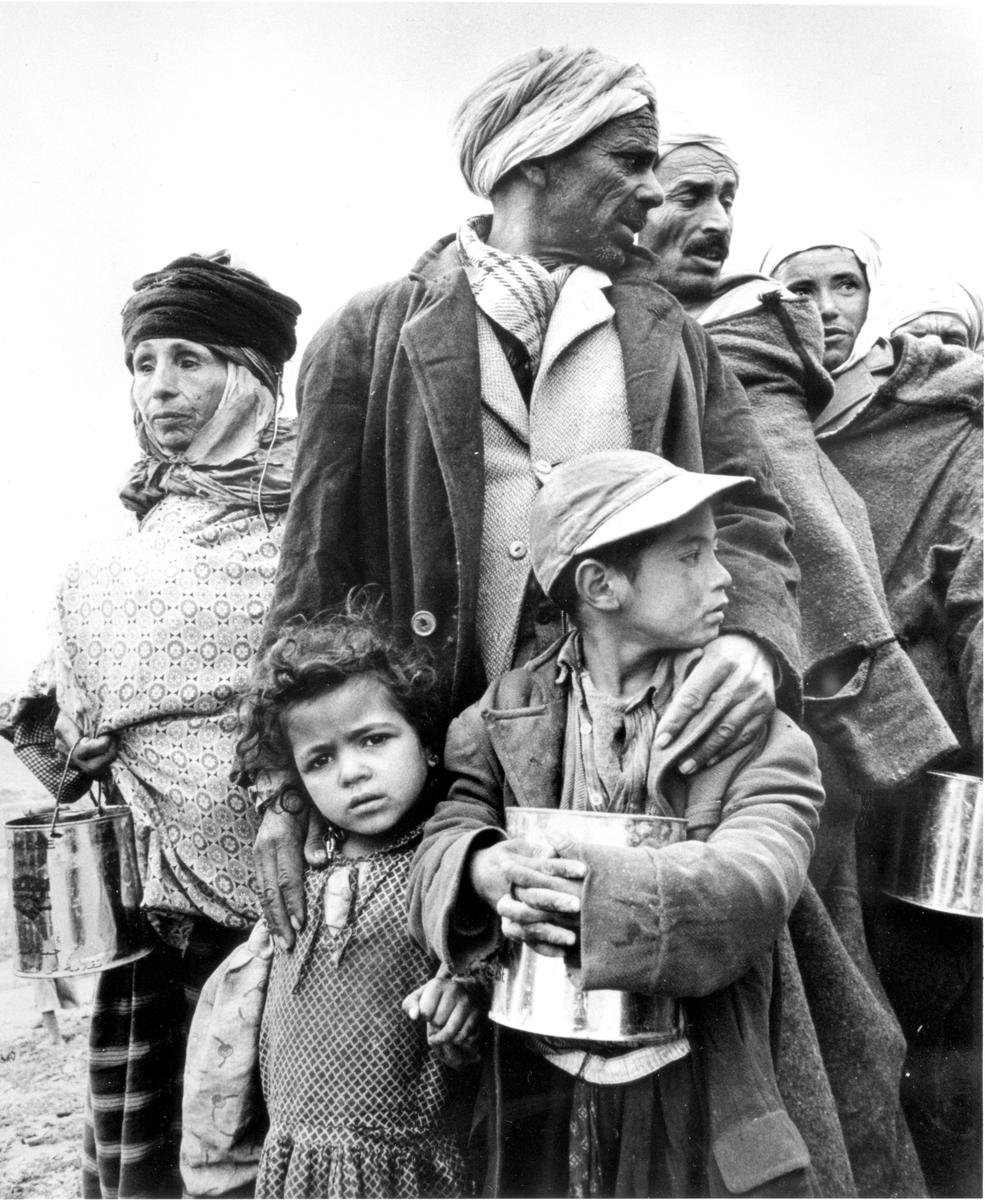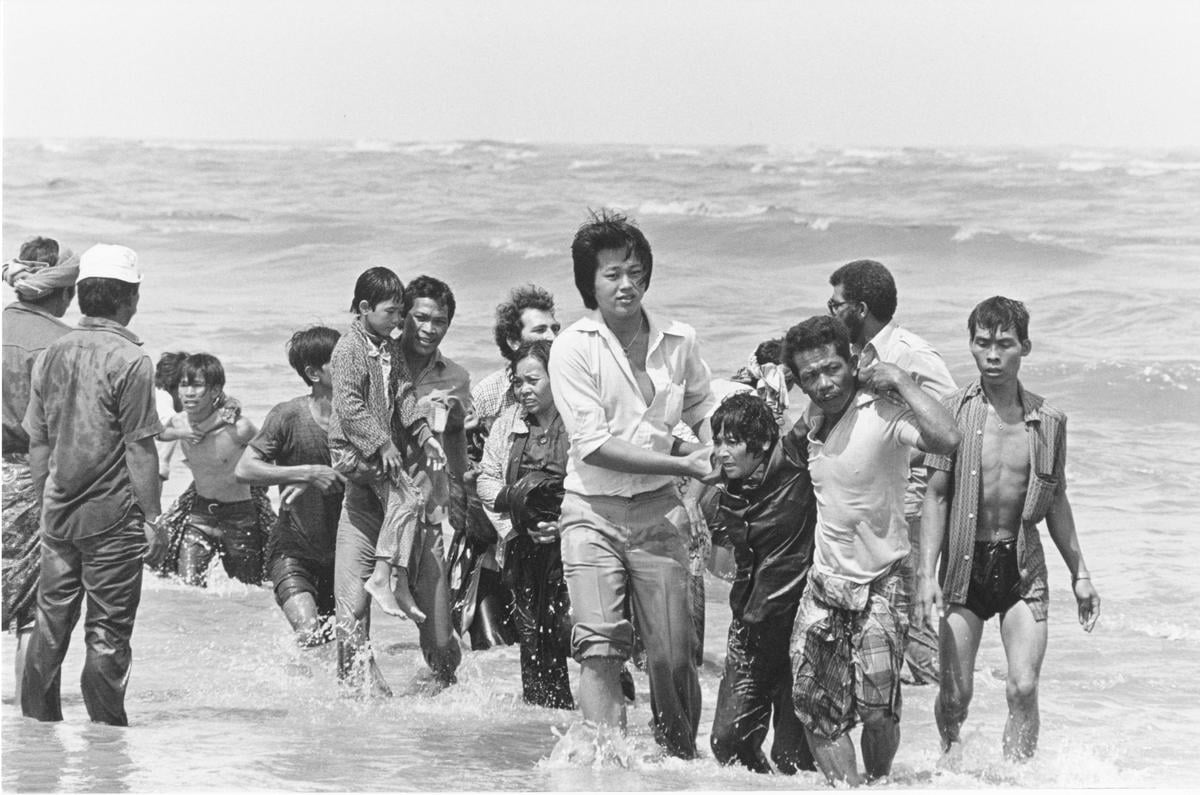History of UNHCR
History of UNHCR

Initially, UNHCR, the UN Refugee Agency, was established in the aftermath of the Second World War to help the millions of Europeans who had fled or lost their homes. We were given three years to complete this work, and then disband.
Today, we are a global organization dedicated to protecting people forced to flee and those left stateless. We lead international action to protect refugees, deliver life-saving assistance, help safeguard fundamental human rights, and develop solutions that ensure people have a safe place to call home where they can build a better future.
As new refugee crises unfolded across the globe, our mandate was extended multiple times throughout the 20th century until a General Assembly resolution in 2003 made the mandate permanent.
Over the years, our scope has widened to also include supporting refugees returning home, people forcibly displaced within their own country, and those denied a nationality and left stateless.
UNHCR now has 20,305 personnel working in 136 countries. We have helped more than 50 million refugees to successfully restart their lives and continue to protect and provide support for the 122.6 million people who are currently displaced.
UNHCR through the years
For over 70 years UNHCR has been working to strengthen international refugee protection systems and provide aid and assistance to those that are forced to flee their homes. Learn more about our beginnings and how our mission has expanded and evolved.
Please consider donating today
With your support, we can continue to be there for people in need. Will you help protect people forced to flee?


























